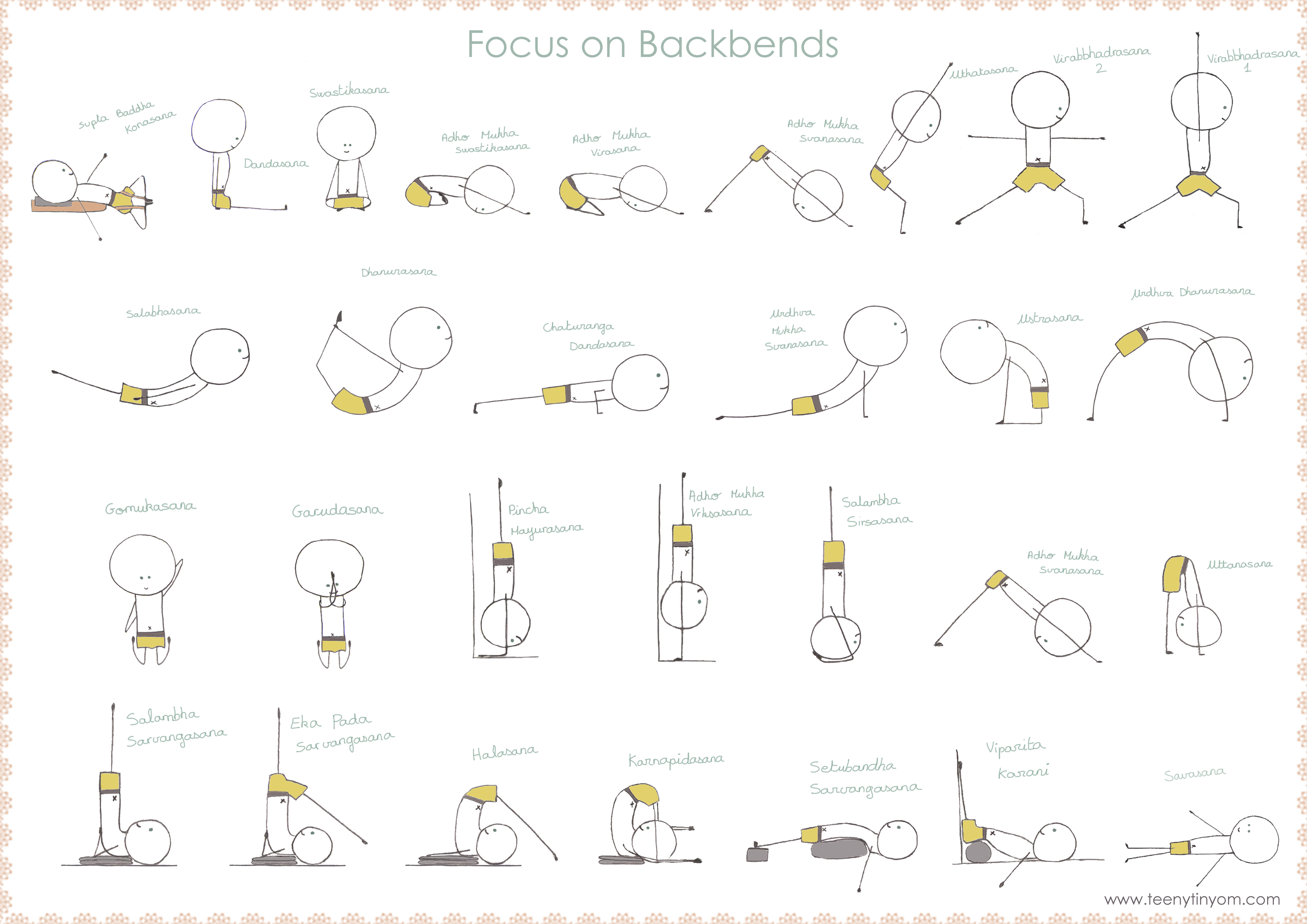 Finished my first Pranayama course yesterday afternoon. First thing my teacher says right after walking in is, that if you had an intense day, conversation, or feelings that you really won't reap the benefits of Pranayama. Unfortunate since so much was rumbling in my mind prior to class. She was right as we were setting the stage for the class, my mind was tired and ready to sleep.
Finished my first Pranayama course yesterday afternoon. First thing my teacher says right after walking in is, that if you had an intense day, conversation, or feelings that you really won't reap the benefits of Pranayama. Unfortunate since so much was rumbling in my mind prior to class. She was right as we were setting the stage for the class, my mind was tired and ready to sleep. Back to Pranayama. What is Pranayama? If you break down the word, Prana means Energy or Life Force and Yama means Control. Therefore Pranayama is the control of the breath.
In your face are four of the five sense organs. The eyes, the nose, the ears, and the mouth. We have these sense organs to relate ourselves to the external world. And receive messages so that we can respond to them. With pranayama, we detach ourselves from the external world. So we want to be aware of our sense organs to move inward instead of externally attached.
The breath, think about that for a moment. Breath is everything. According to the yogis, the first indicator that you are alive is from your first breath and when you die is when you've breathed your last breath. So, what happens when you contour the breath? If the breath gives you life force, what will happen when you slow it , contour, or even pay attention to it? That is what I am soon to find out...
In class we started with a discussion on cautions and warnings. Such as, not practicing prananyama on a full stomach or on an empty stomach (though I find that terribly difficult when practicing first thing in the morning before going to work). Also, not just anyone can start pranayama. It takes a well practiced Iynegar student to start practicing.
Always start pranayama with a good Savasana. Make sure that you are completely symmetrical which is sometimes hard since we are more stiff in certain sides of the body. Start with four blankets which were folded into thicker and wider rectangles. Can be folded into the narrow rectangles, but the wider one gives the body more space to rest easily. Two of these are placed longside for the torso to rest on. The other two blankets are folded an additional time for the head and neck to rest. The forehead must be higher than the chin. Open the chest. A good pranayama sessions lays so much attention on opening the chest.
With seated positions it is a good practice to first start out with two blankets folded on the floor right against the wall with your back up against it. Open the chest, let the head drop. I took a yoga wrap and placed it under the neck so that the head would drop, while making sure the chest would still be open. If the wrapped dropped, it was an indicator that I wasn't opening the chest.
We started with two different breathing exerices. The first called ujjayi. More on this next time....


1 comment:
"Also, not just anyone can start pranayama. It takes a well practiced Iynegar student to start practicing". How bout just a well practiced student?
Post a Comment